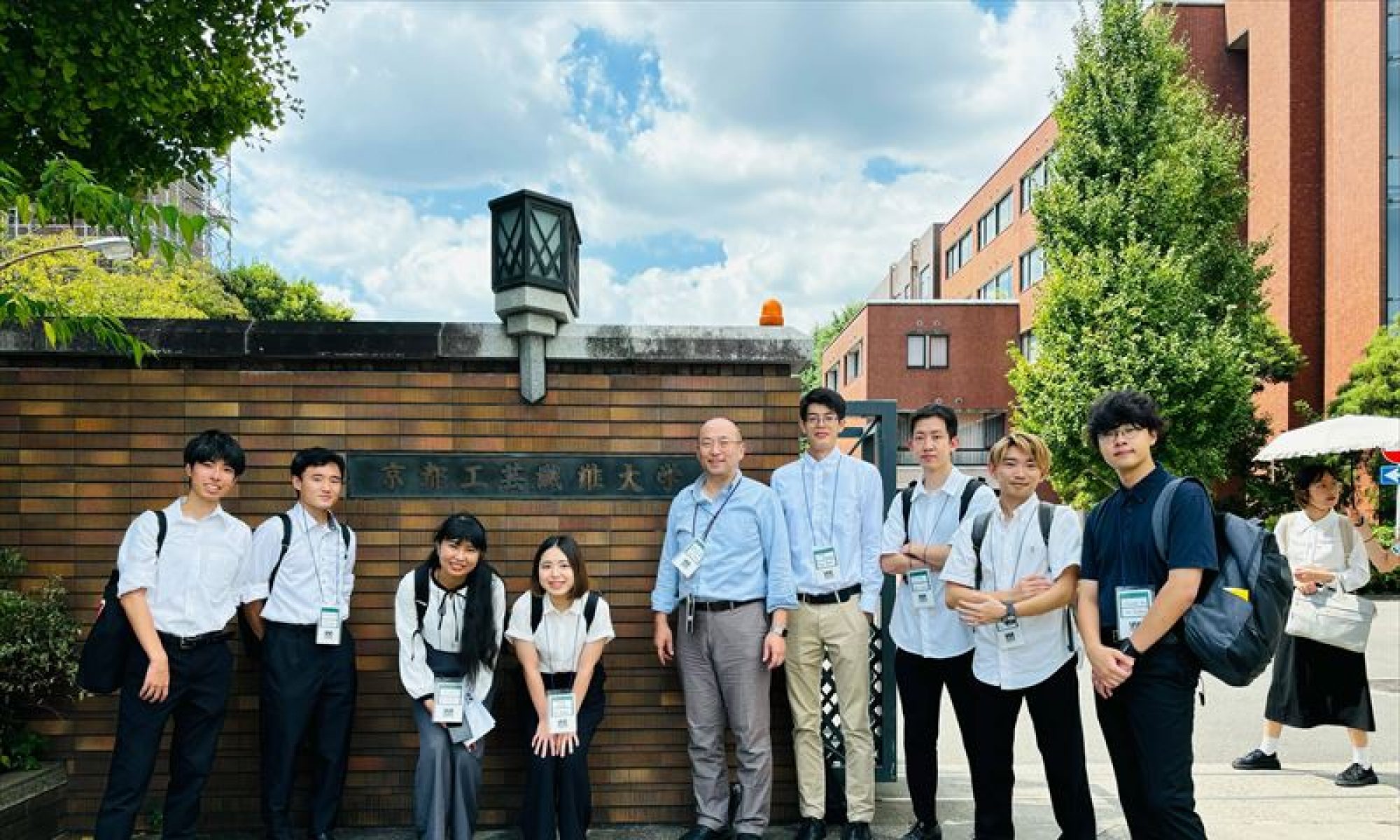2023年度の修了生が、研究室の看板を寄贈してくれました。
今はそういうことはないのですが、着任した当時、看板を直す金がない、ということで、前任の尾島研の看板にお手製の紙を貼ってしのいでいました。イラストは留学して修士3年と居残りになっている張さん。
※ その後に着任した先生は、ちゃんと看板を作り直してもらえているようです。


少し前ですが、2024年2月の日本建築学会技術報告集第30巻第74号に、「建築物の建設工事現場に設ける仮設現場事務所のLCCM化の検討」が掲載されました。
https://doi.org/10.3130/aijt.30.222

Indonesian urban population increase has led to increased energy demands and housing inventory shortages. The Ministry of Public Works and Housing (PUPR) supplies collective housing for low-income communities (MBR). The development of low-carbon collective housing has been thought to suppress the abrupt increase in household-sector energy demand and lead to mitigated greenhouse gas (GHG) emissions. In tropical climates, it is essential to reduce the dependence on air conditioners (AC) to suppress energy consumption. Therefore, to investigate the relationship between cooling methods and energy consumption, this study surveyed the energy consumption per household and classified the existing cooling patterns of ACs, fans, and window openings in collective housing with different income groups in Indonesia. The results confirmed that the use of AC increases household energy consumption. Meanwhile, the implementation of natural ventilation (NV) showed significantly lower energy consumption with a high thermal satisfaction of more than 80% during the day and 90% at night; thus, both energy consumption reduction and indoor thermal comfort improvement could be achieved through these methods. The findings of this study serve as a starting point for verifying the energy saving effects of air conditioning habits with the consideration of socio-demographic changes for the purpose of decarbonizing collective housing, including future predictions and energy simulations.
DOIhttps://doi.org/10.3390/su16041635
URLhttps://www.mdpi.com/2071-1050/16/4/1635/pdf

秋元先生にお誘い頂き参加した、「住宅の省エネ化推進のための情報発信」研究委員会の成果が本になりました。
現在、予約販売中ですが、以下より。
https://amzn.to/3SzYl5L

木質バイオマス熱電供給を用いた地域循環システムのエクセルギー解析による評価
山崎 慶太, 平野 勇二郎, 高口 洋人, 豊田 知世, 宮崎 賢一 環境情報科学論文集 ceis37 (0), 20-26, 2023-12-08
https://doi.org/10.11492/ceispapers.ceis37.0_20


ホーチミン在の佐貫大輔氏のご厚意で、川縁に建つ個人住宅を見させていただいた。
立派なフレンチコロニアル風(たぶん。この写真の手前)の母屋の前庭を利用した若夫婦のための家。サイゴン川と幹線道路に挟まれた浸水域に位置するので、道路面からは1.5mほどFLが上げられた、親水害型の住宅。
一階は寝室で見せてもらえなかったが、収納に風呂場、トイレがある。二階はリビングとダイニング。周りをぐるっとテラスが囲み、建具を開放すれば周りの自然と一体化する開放的な空間となる。訪問時は室温30℃、湿度55%程度だったが、少し汗ばみはするが風が流れて、仕事をしたりおしゃべりするには問題ない環境。網戸が一部しかない(夜間に開ける想定の窓)ので、スプレーは必須らしい。

妙に親近感を覚えた佐貫氏。小さいアイコンで自分だと思って開いたら佐貫氏だった。
ベトナムとの縁は、未来開拓事業でハノイに作ったスペースブロック(設計はシーラカンスの小嶋さん)の担当者として常駐したことがきっかけらしい。自分もその前年に始まった同じ未来開拓事業で、富山の職芸学院に完全リサイクル型住宅の担当者として、島崎棟梁宅に居候していた時と重なるので、その背景もまた似ている。
早稲田の産学連携の紹介と新たなマッチングを目的とする早稲田オープンイノベーションフォーラムに出展しました。
2019年に第1回が開催され、2020年はコロナで中止、2021年と2022年はオンライン開催でしたが、本年度はようやく対面開催。
裏事情を紹介すると、早稲田大学は2018年に国の「オープンイノベーション機構の整備事業」に採択され、2019年からの3回はこの資金を利用して開催したわけですが、2023年にはこの事業も終了していて、完全に大学単体の自主事業。なので新規の共同研究にどう結びついたか、などが真剣に問われるわけですが、果たしてどうだったのか。
研究室では、デベさんとの共同研究とSIPで取り組んでいる建物EV連携の内容を紹介。
建築学科からは田辺研、有賀研、高口研が出展したがちょっと寂しい感じ。
写真は修士1年生の横倉君が説明してくれているところ。
準備から含めご苦労様でした。

Embodied energy and carbon assessment of existing affordable apartments in IndonesiaOPEN ACCESS
Rudi Setiadji Agustiningtyas, Hiroto Takaguchi, Andhika Budi Prasetya & Tetsu Kubota
Journal of Asian Architecture and Building Engineering
https://doi.org/10.1080/13467581.2023.2278481

学校施設の再生可能エネルギー設備を活用した避難所設備運用マニュアル作成
藤本 佳那, 高口 洋人 日本建築学会技術報告集 29 (73), 1683-1688, 2023-10-20
https://doi.org/10.3130/aijt.29.1683

木質バイオマス熱電併給が地域の環境及び経済循環にもたらす効果
山崎 慶太, 豊田 知世, 平野 勇二郎, 高口 洋人 木材利用システム研究 9 (0), 28-34, 2023-09-27
https://doi.org/10.34494/jwus.9.0_28
